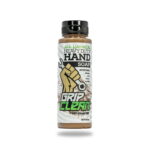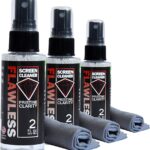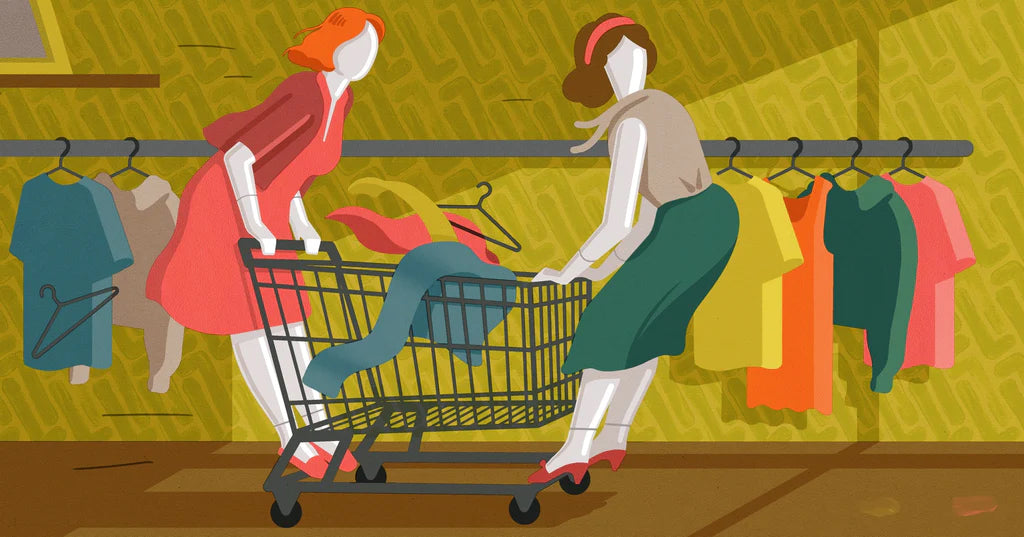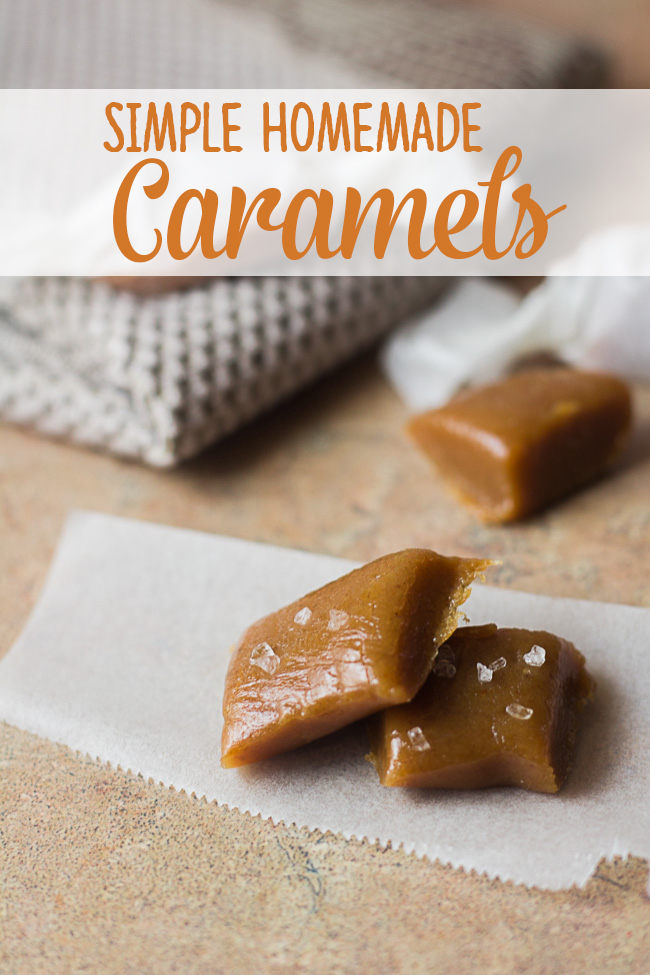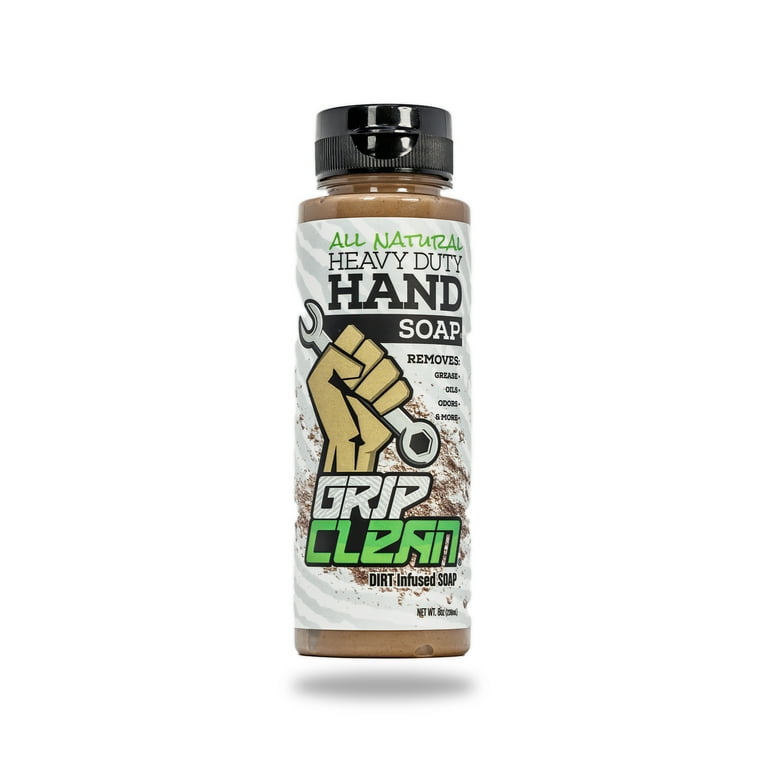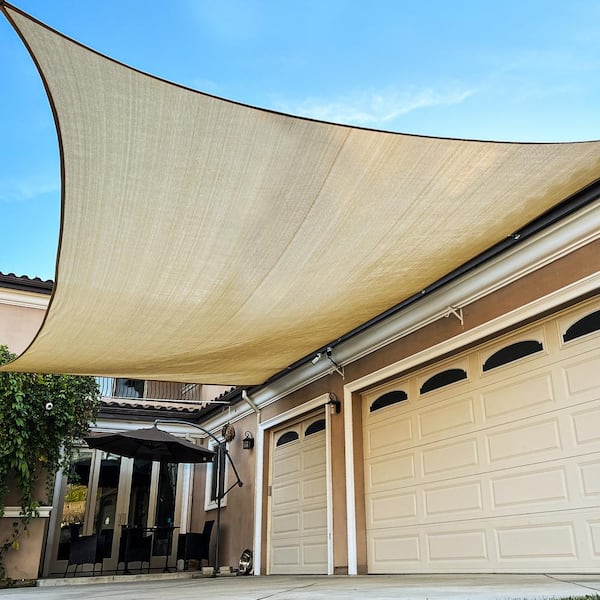As an Amazon Associate I earn from qualifying purchases.
To source vintage clothing, research local thrift stores, consignment shops, and online marketplaces like Etsy and eBay. Attend vintage clothing fairs and flea markets for a wide selection of unique pieces.
(19 words) Are you a fashion enthusiast looking to add some vintage flair to your wardrobe? Sourcing vintage clothing can be an exciting and rewarding endeavor. Whether you’re hunting for a particular brand or simply enjoy the thrill of finding hidden gems, there are various methods to discover vintage treasures.
From scouring local thrift stores and consignment shops to exploring online marketplaces, this guide will provide you with valuable tips and tricks to help you source vintage clothing. So, grab your magnifying glass and let’s embark on a journey through time to discover the world of vintage fashion. (116 words)
Sourcing Vintage Clothing
Research and Exploration:
- Research local thrift stores and consignment shops for hidden vintage gems.
- Attend vintage clothing fairs and flea markets to find a wide selection of unique pieces.
- Explore online vintage marketplaces like Etsy, eBay, and Depop for convenient shopping.
- The best places to source second hand clothing are charity shops, car boot sales and even on Facebook marketplace- not to mention a sure online favourite- eBay!
- Sourcing your stock from vintage wholesalers is the most cost and time effective option.
- Many thrift stores are sourced through donations, especially non-profit organizations like Goodwill and Salvation Army.

Credit: www.aarp.org
Starting A Vintage Clothing Business
|
Selling vintage clothing online has become a lucrative business opportunity for many entrepreneurs. With the right strategies and resources, you can turn your passion for fashion into a thriving online store. Research vintage clothing business ideas, choose your business niche, build your brand, fund your vintage clothing business, source vintage clothing, store and manage your inventory, set your pricing, and photograph your vintage stock. The best places to source second-hand clothing are charity shops, car boot sales, Facebook marketplace, and eBay. There are several ways to source inventory for selling vintage clothing, including thrift stores, auctions, and vintage wholesalers. Thrift stores are often sourced through donations or connected to non-profit organizations like Goodwill and Salvation Army.
Selling Vintage Clothing Online
Sourcing vintage clothing can be a profitable venture for online selling. Research local thrift stores, consignment shops, and vintage fairs for unique finds. Online marketplaces like Etsy, eBay, and Depop offer convenient sourcing options. Building your brand, managing inventory, and setting competitive pricing are essential aspects of establishing a successful vintage clothing business. Consider sourcing second-hand clothes from charity shops, car boot sales, or online platforms like eBay. Additionally, sourcing inventory from vintage wholesalers can provide a cost-effective and time-efficient option. Thrift stores and auctions are also viable sources for vintage inventory. Reddit and other online communities can offer insights and tips for sourcing vintage clothing for resale.

Credit: www.ebay.com
Finding Vintage Clothing Suppliers
Looking for vintage clothing suppliers? Research local thrift stores, consignment shops, and attend vintage clothing fairs to find unique pieces. You can also explore online marketplaces like Etsy, eBay, and Depop for convenient shopping. With the right sources, you can build a profitable vintage clothing business easily.
|
|
|
|
|
|
Remember to do thorough research and keep an eye out for hidden treasures. With the right approach, sourcing vintage clothing can be a fulfilling and profitable endeavor. Whether you prefer to explore local thrift stores and flea markets or venture into the online marketplace, there are endless opportunities to find unique and timeless pieces. Selling vintage clothing can also be a rewarding business, especially in the digital age where online platforms provide a global reach. Establishing your own brand, managing inventory, and setting competitive pricing are essential steps to success. So, start sourcing your vintage clothing today and unlock a world of fashion possibilities.
Expert Tips For Sourcing Vintage Clothing
When it comes to sourcing vintage clothing, there are several expert tips to keep in mind. One option is to explore flea markets, where you can often find hidden vintage gems. These markets offer a wide selection of unique pieces that can add a touch of nostalgia to your wardrobe.
Another great option is to utilize online platforms such as Etsy, eBay, and Depop. These vintage marketplaces make it convenient to shop from the comfort of your own home. Additionally, researching local thrift stores and consignment shops can also lead to exciting vintage finds.
In today’s digital age, selling vintage clothing online has become a profitable business opportunity. By following the right strategies and resources, you can turn your passion for fashion into a successful online store. From researching vintage clothing business ideas to photographing your stock, there are several steps to set up a vintage clothing business.
When looking for second-hand clothes, consider checking out charity shops, car boot sales, Facebook Marketplace, and eBay. These are great places to source affordable and unique items. As for selling vintage clothing, thrift stores, auctions, and vintage wholesalers are popular options to find inventory.
Overall, there are many avenues to source vintage clothing, whether it be through physical locations or online platforms. Keep exploring and finding your angle in this market to successfully buy and sell vintage clothing.

Credit: www.ft.com
Frequently Asked Questions Of How To Source Vintage Clothing
How Do People Source Vintage Clothes?
To source vintage clothes, research local thrift stores and consignment shops, attend vintage clothing fairs and flea markets, and explore online marketplaces like Etsy, eBay, and Depop.
Is Reselling Vintage Clothing Profitable?
Reselling vintage clothing can be profitable if you have the right strategies and resources. Research local thrift stores, consignment shops, and online vintage marketplaces like Etsy and eBay to source unique pieces. With the right approach, you can turn your passion for fashion into a successful online store.
How To Set Up A Vintage Clothing Business?
To set up a vintage clothing business, research local thrift stores and consignment shops for hidden gems. Attend vintage clothing fairs and flea markets, and explore online marketplaces like Etsy and eBay. Build your brand, fund your business, and source vintage clothing for your inventory.
How Do You Source Second Hand Clothes?
To source second hand clothes, check out local thrift stores, consignment shops, and flea markets. You can also explore online vintage marketplaces like Etsy, eBay, and Depop. Additionally, consider checking out charity shops, car boot sales, and Facebook marketplace for more options.
Happy hunting!
How Do I Start Sourcing Vintage Clothing?
To start sourcing vintage clothing, research local thrift stores, consignment shops, and vintage clothing fairs. You can also explore online marketplaces like Etsy, eBay, and Depop for a wide selection of unique pieces.
Conclusion
Sourcing vintage clothing can be an exciting and profitable venture for fashion enthusiasts. Whether you explore thrift stores, attend vintage fairs, or browse online marketplaces, there are ample opportunities to uncover unique and timeless pieces. By leveraging these tips and tricks, you can build a diverse and sought-after inventory for your vintage clothing business.
Keep exploring and enjoy the thrill of the hunt!
As an Amazon Associate I earn from qualifying purchases.


